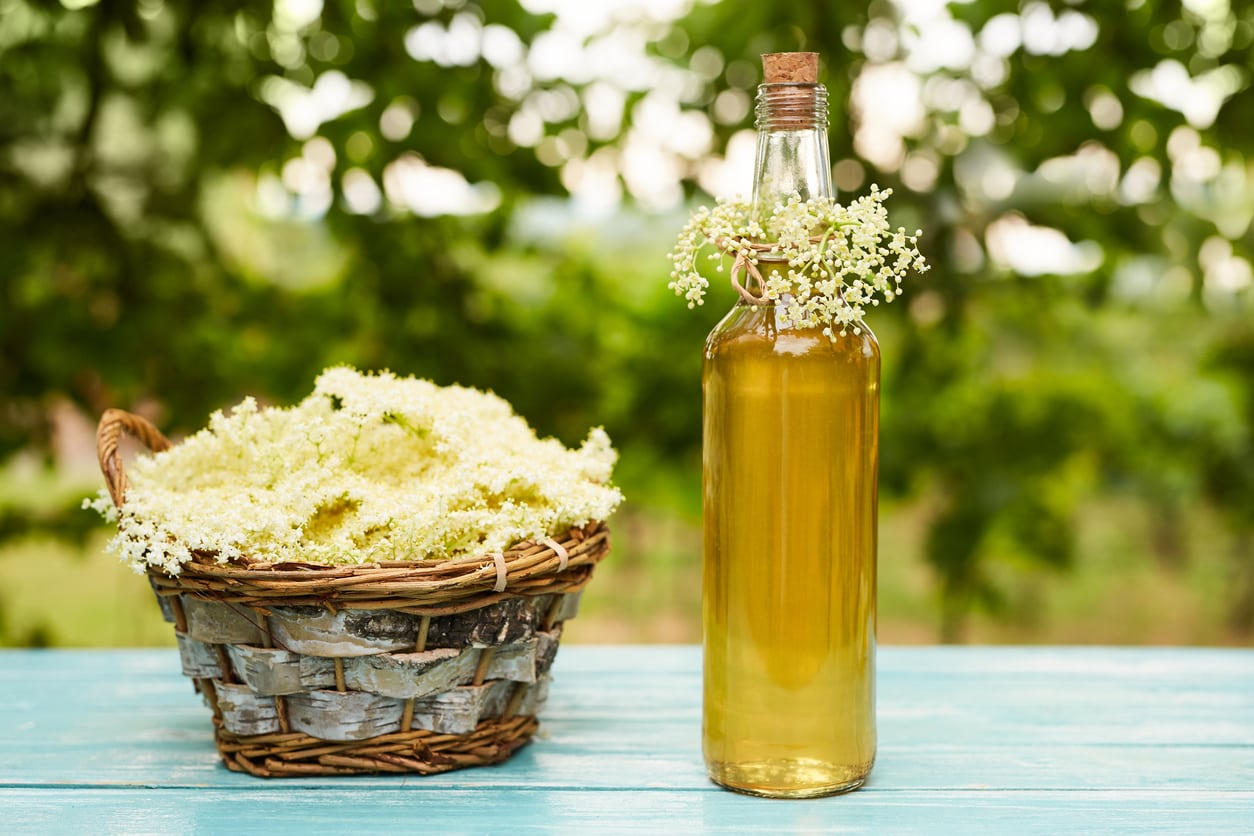What To Do With Elderflowers: How To Use Elderflowers From The Garden


Many gardeners and cooks know about elderberries, the small dark fruits that are especially popular in European cuisine. Before the berries come the flowers though, which are tasty and useful in their own right. Keep reading to learn more about common elderflower uses and what to do with elderflowers.
About Elderflower Uses
Before cooking with or ingesting elderflowers, it’s important to understand a couple things. While most species of elderberries are edible when cooked, the other parts of the plant, including leaves, stems, and roots, are toxic to humans. Sambucus nigra, or black elder, is the most commonly used plant for elderflower harvest. Even though these elderflowers are frequently ingested, they are technically high in certain alkaloids and cyanidin glycosides that, if consumed in excess, can lead to problems such as nausea, vomiting, and diarrhea. If you are unsure about the type of elderflower plant you are harvesting from, it’s best to buy flowers from a reputable source to avoid problems.
How to Use Elderflowers
Wondering what to do with elderflowers? There are several uses for elderflowers, from desserts to beverages to teas. Elderflowers have an unmistakable scent and flavor that is similar to a sweet white wine and perfectly reminiscent of summer. Elderflower cordial is a particularly delicious concoction that can be made by boiling the flowers for half an hour, straining out the particulates, and adding an equal volume of sugar to the remaining water. The resulting cordial can be added to beverages or mixed into desserts, where it imparts an amazing fragrance. It can also be frozen and kept to brighten up dark winter nights. Similarly, you can dry the flowers and save them to use in cooking. Try throwing a handful of flowers in lightly flavored cake batter or even pancake mix.
More Uses for Elderflowers
Elderflower uses aren’t just restricted to the culinary. While the jury is officially out on elderflowers’ medicinal properties, they have been used for centuries on several continents as an anti-inflammatory, as a skincare product, and as a pain reliever. Let a small amount of flowers steep in boiling water for a few minutes to create a simple, soothing tea that, among other things, has been claimed to relieve symptoms of the common cold. Or just drink it to enjoy elderflower’s intoxicating scent.
Sign up for the Gardening Know How newsletter today and receive a free copy of our e-book "How to Grow Delicious Tomatoes".

The only child of a horticulturist and an English teacher, Liz Baessler was destined to become a gardening editor. She has been with Gardening Know how since 2015, and a Senior Editor since 2020. She holds a BA in English from Brandeis University and an MA in English from the University of Geneva, Switzerland. After years of gardening in containers and community garden plots, she finally has a backyard of her own, which she is systematically filling with vegetables and flowers.